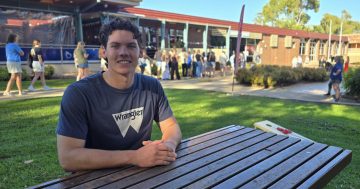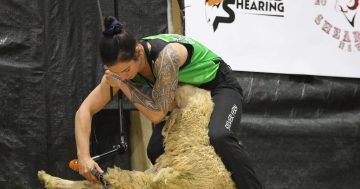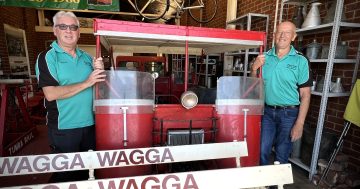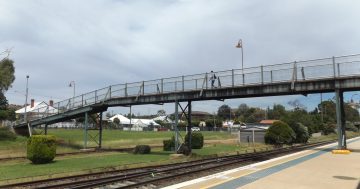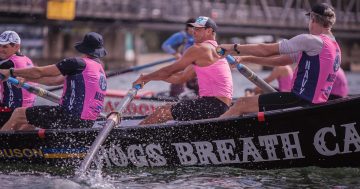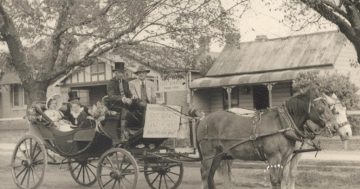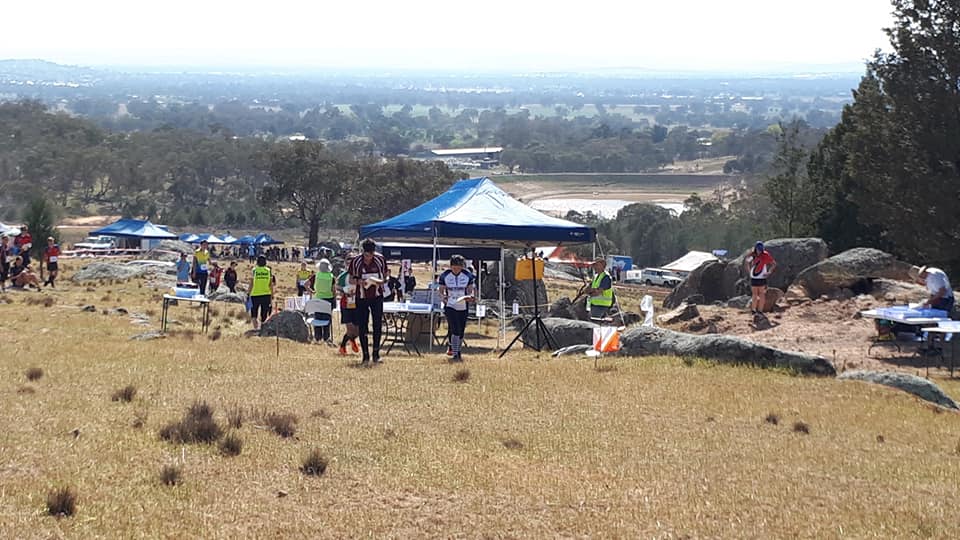
Orienteers head for the hills at Pomingalarna Reserve. Photo: Waggaroos.
John Oliver is a man unlikely to lose his way.
The president of Wagga and Riverina orienteers club the “Waggaroos” has been involved in the niche navigational sport for more than 50 years.
“It’s similar to cross country running,” he explains.
“The idea is to find particular features in an area. You can do it in the forest, you can do it in parkland, you can do it around the streets, but you’ve got to find particular features.
“In cross country running everybody follows the same course. In orienteering, how you get from feature to feature is entirely up to you.”
Over 300 orienteers will find their way to Wagga Wagga for the June long weekend where the Waggaroos will host the sport’s annual Queen’s Birthday carnival.
“It’s recognition that we’ve got good orienteering areas around Wagga and, while we are a small club, we are capable of organising such an event,” John says.
“We’re quite proud to have them here and to reawaken awareness in the community.”
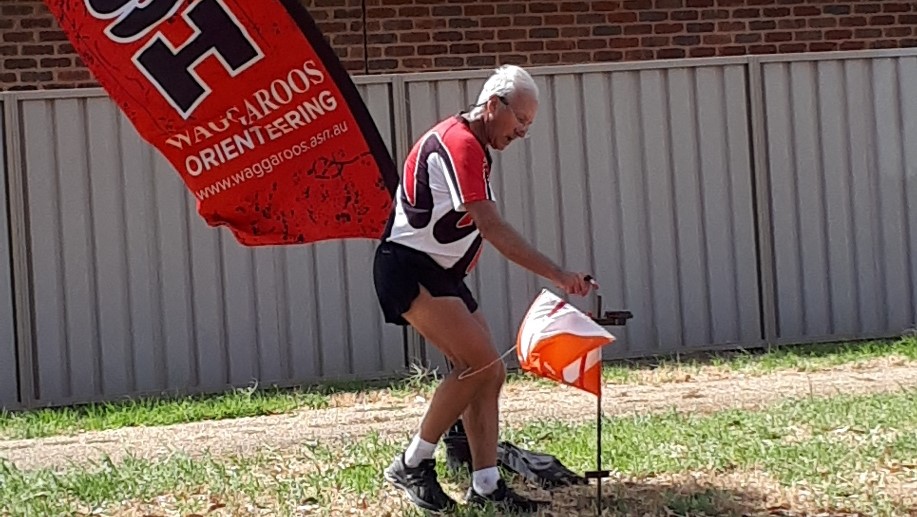
Waggaroos president John Oliver has been orienteering for more than 50 years. Photo: Waggaroos.
John got his first taste of the sport when he attended a promotional event more than a half-century ago to raise money for the Asthma Foundation. He “thoroughly enjoyed it” and he hasn’t stopped.
“I think we started the Waggaroos in 1974 and we’re due for a 50-year celebration in a couple of years,” he says.
Orienteering NSW president Robyn Pallas agrees that Wagga offer’s some exciting terrain.
“It’s rocky areas but bush as well, so it’s quite challenging,” she says.
“The thing about the sport is that it’s not just using my physicality, but it’s also concentration.”
She explains that competitors use maps to navigate different courses as quickly as they are able.
“What you’re doing is interpreting 2d into 3d. So what you see on the map, you virtually have to visualise what it’s going to look like on the terrain,” she says.
“I call it my mindfulness because I just lose myself out there.”
She says the sport attracts a broad range of age groups, from “eight to 80” but Baby Boomers in their 60s and 70s make up the largest proportion.
Despite the older demographic and challenging terrains, she adds serious accidents are rare.
“We have sprained ankles, cuts, abrasions – that sort of thing. But people do it to their own ability,” she says.
“That’s the fundamental enjoyment of the sport: no matter what age and physical ability, you can still go out there. People run, people walk. It’s just enjoyment of the bush as well.”
The three days of competition include a variety of terrains over different distances on each day. On Saturday (11 June) there is a middle distance event at Murraguldrie State Forest followed by a long distance event at the same location on Sunday.
On Monday locals will be invited to learn more about the sport at a Sprint Distance event at Charles Sturt University.
“There’ll be people there to help you get started and to do a bit of coaching,” Robyn says.
For more information, head to the Waggaroos homepage.







